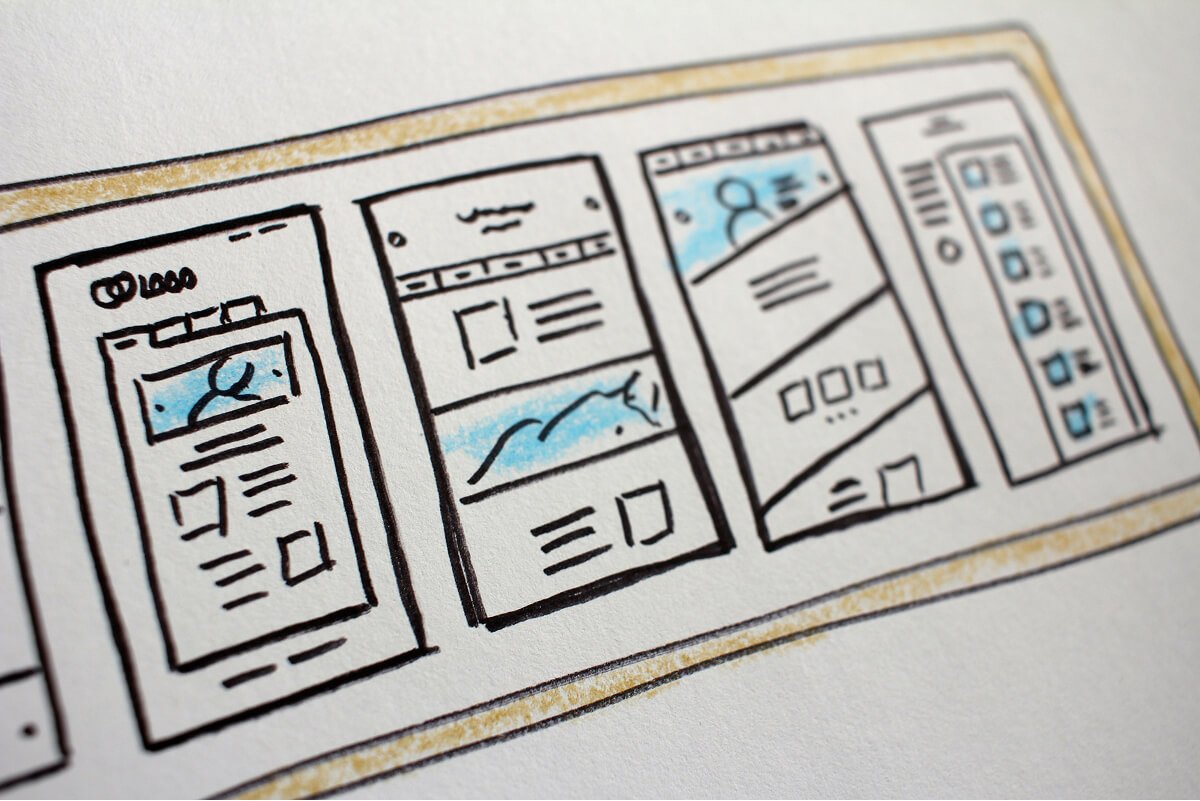Introduction:
If you’ve just secured funding for a Horizon Europe, Horizon 2020, LIFE, or Erasmus+ project, congratulations — but your real work is just beginning. One of your earliest deliverables should be an effective Horizon Europe project website that not only ticks the box for EU grant compliance but also becomes the cornerstone of your digital dissemination platform and outreach strategy. This guide explains exactly how to plan, design, and develop a project website that will maximise your project’s impact and increase research visibility.
1 – Why Your Project Needs a Professional Website
Under Horizon Europe guidelines, every funded project must communicate its activities and results to multiple audiences — policymakers, industry, the research community, and the public. An outdated or poorly structured site can limit your reach and weaken stakeholder trust.
A properly built Horizon Europe project website acts as a transparent showcase for your work, makes deliverables accessible, shares partner updates in real-time, and serves as your official voice online.
2 – Plan Your Website: Content and Structure
Start by mapping your key pages:
- Home: Clear project summary, EU funding acknowledgement, project logo and visuals.
- About: Detailed description of objectives, methodology, and expected impacts.
- Consortium: Profiles of partners, with links to each institution and contact details.
- News & Events: Press releases, blog posts, milestones.
- Deliverables: Public reports, policy briefs, datasets.
- Contact: Project manager or coordinator details, plus a newsletter sign-up.
A user-friendly structure improves SEO and ensures your Horizon Europe dissemination services reach your target audiences.
3 – Design Tips for Maximum Impact
A modern Horizon Europe project website design should:
✅ Be responsive (mobile-friendly)
✅ Use the correct EU flag and funding statement
✅ Use visuals (photos, infographics, videos) to explain results
✅ Follow your institution’s or EU guidelines on branding and accessibility
For LIFE and Erasmus+ projects, similar design principles apply: clarity, consistency, and compliance.
4 – Turn It Into a Digital Dissemination Platform
Beyond static pages, add interactive tools:
- Downloadable deliverables and policy briefs
- Partner activity maps
- Social media feeds
- Events calendar with registration
These features transform a basic site into a functional Horizon Europe dissemination platform, making your digital communication for Horizon Europe projects more efficient and measurable.
5 – Optimize for Search Engines
A great website must be found. Apply on-page SEO:
- Include keywords like Horizon Europe project website development, EU-funded project web development, increase research visibility, and digital dissemination platform in headings and metadata.
- Use meaningful URLs.
- Add alt text to images.
Ranking well increases organic traffic and stakeholder engagement.
6 – Keep It Secure and Sustainable
Invest in a reliable host with backups and SSL certificates. Use GDPR-compliant tools for analytics and newsletters. Plan a handover for post-project sustainability, so your website continues to host valuable knowledge for years.
Conclusion
A well-crafted Horizon Europe website is not an optional extra — it is your gateway to fulfilling your dissemination obligations, engaging stakeholders, and showcasing the impact of your EU-funded research. Partner with experts in Horizon Europe project website development and EU research project website design to ensure your project stands out online, attracts attention, and leaves a lasting digital legacy.



